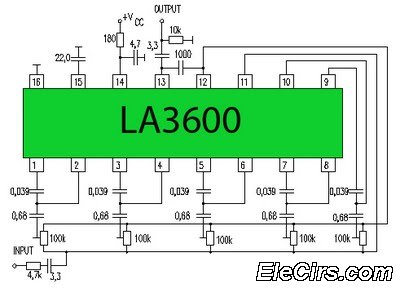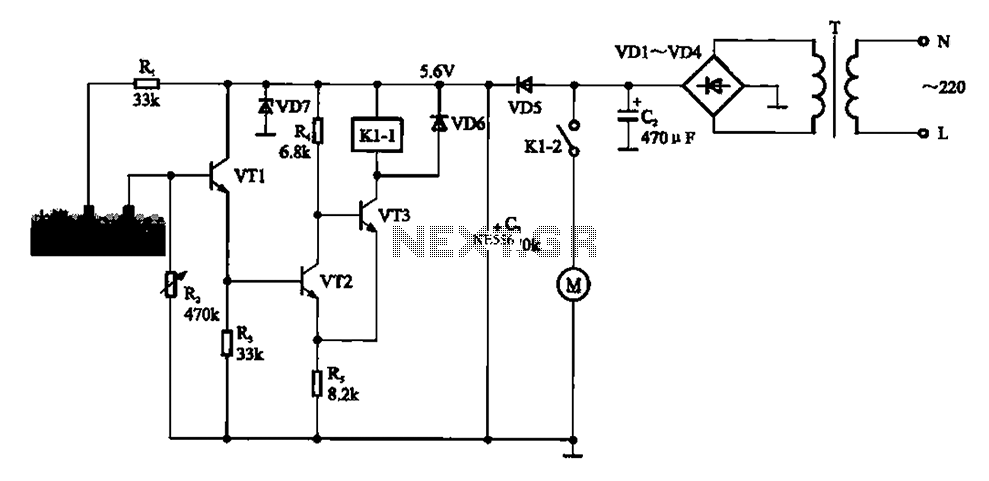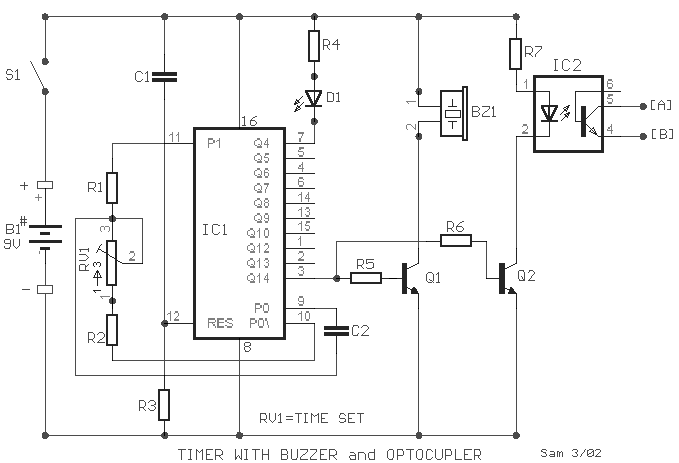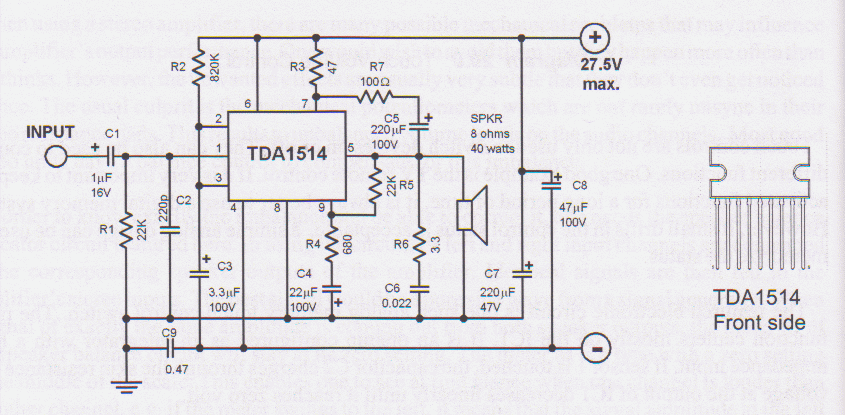
439.25Mhz Atv Downconverter Circuit
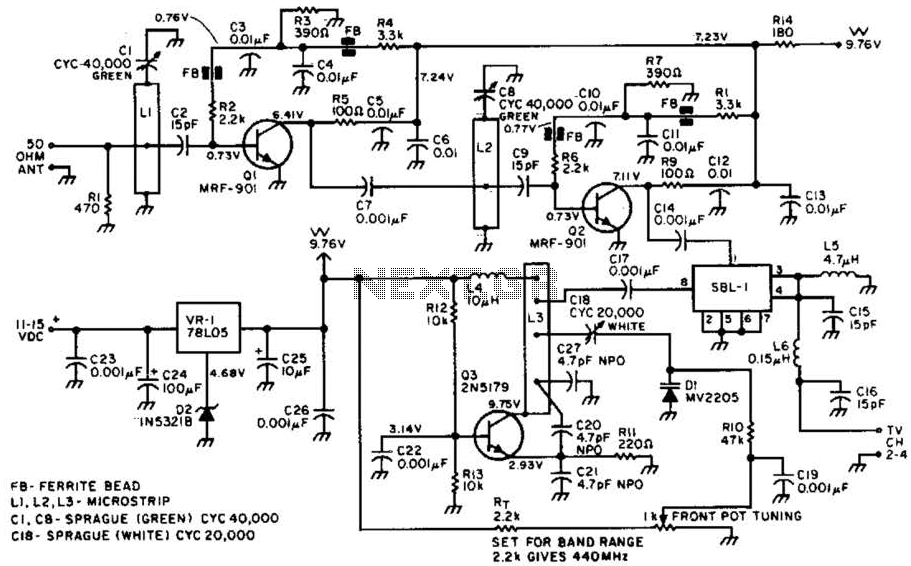
Most ATV (Amateur Television) transmitters operate using a Double Sideband (DSB) signal, while commercial television stations utilize a Vestigial Sideband (VSB) signal. This distinction is leveraged in this converter to utilize the lower sideband, thereby reducing interference from repeaters operating within the 440 to 445 MHz frequency range. However, this method may encounter issues with VHF image responses from channel 29 if that channel is active in the vicinity.
The described converter for ATV transmitters is designed to optimize signal transmission by leveraging the characteristics of DSB and VSB signals. By focusing on the lower sideband, the converter minimizes potential interference from other signals, specifically those from repeaters that operate in the crowded 440-445 MHz band. This is particularly beneficial for amateur television operators who require a clean and stable transmission to ensure that their broadcasts are clear and free from unwanted noise.
To implement this converter effectively, it is essential to consider the components involved in the signal processing chain. Key elements typically include a mixer, which combines the input signal with a local oscillator signal to produce the desired lower sideband output. Filters are also critical in this design; they help eliminate unwanted frequencies and harmonics that could degrade the quality of the transmitted signal.
Additionally, attention must be paid to the potential for VHF image responses, particularly from channel 29. This channel operates in the VHF range and, if it is active in the area, it can create interference that may affect the performance of the ATV transmitter. To mitigate this risk, it may be necessary to incorporate additional filtering or frequency-selective components that can attenuate the signals from channel 29 while allowing the desired ATV frequencies to pass through with minimal loss.
Overall, the design of this converter should prioritize robustness against interference while maintaining signal integrity. Careful selection of components and circuit topology will ensure optimal performance for amateur television transmission, allowing operators to effectively broadcast their signals without significant degradation from external sources. Most ATV (Amateur Television) transmitters transmit a DSB signal and commercial television stations use a VSB (Vestigial Sideband) signal. This fact is made use of in this converter to use the lower sideband. This results in less interference from repeaters that occupy the 440- to 445-MHz portion of the band.
However, this approach might suffer from VHF image responses from channel 29, if that channel is active in your area.
The described converter for ATV transmitters is designed to optimize signal transmission by leveraging the characteristics of DSB and VSB signals. By focusing on the lower sideband, the converter minimizes potential interference from other signals, specifically those from repeaters that operate in the crowded 440-445 MHz band. This is particularly beneficial for amateur television operators who require a clean and stable transmission to ensure that their broadcasts are clear and free from unwanted noise.
To implement this converter effectively, it is essential to consider the components involved in the signal processing chain. Key elements typically include a mixer, which combines the input signal with a local oscillator signal to produce the desired lower sideband output. Filters are also critical in this design; they help eliminate unwanted frequencies and harmonics that could degrade the quality of the transmitted signal.
Additionally, attention must be paid to the potential for VHF image responses, particularly from channel 29. This channel operates in the VHF range and, if it is active in the area, it can create interference that may affect the performance of the ATV transmitter. To mitigate this risk, it may be necessary to incorporate additional filtering or frequency-selective components that can attenuate the signals from channel 29 while allowing the desired ATV frequencies to pass through with minimal loss.
Overall, the design of this converter should prioritize robustness against interference while maintaining signal integrity. Careful selection of components and circuit topology will ensure optimal performance for amateur television transmission, allowing operators to effectively broadcast their signals without significant degradation from external sources. Most ATV (Amateur Television) transmitters transmit a DSB signal and commercial television stations use a VSB (Vestigial Sideband) signal. This fact is made use of in this converter to use the lower sideband. This results in less interference from repeaters that occupy the 440- to 445-MHz portion of the band.
However, this approach might suffer from VHF image responses from channel 29, if that channel is active in your area.

